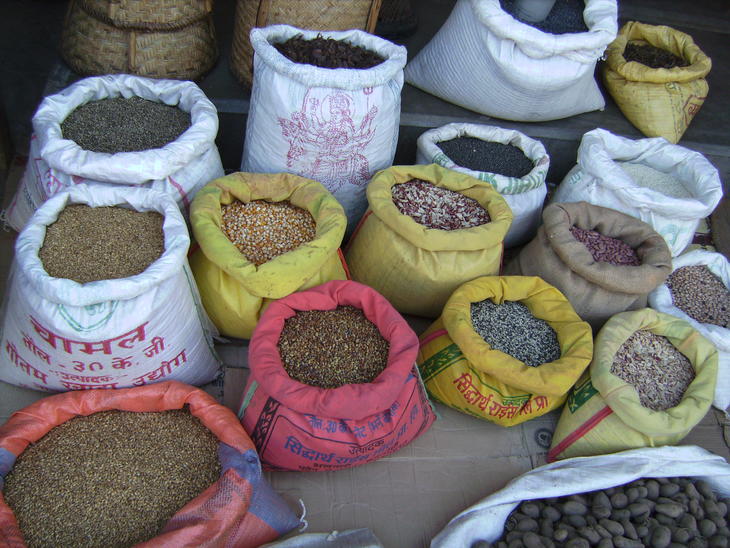
The 'stewardship' and 'ownership' approaches to Farmers' Rights
During the controversies over farmers’ rights over the past decades, two rationales have been prevalent: the 'stewardship' and 'ownership' approaches.
These approaches (PDF, 275KB) provide different answers to how Farmers’ Rights may be realized. The ‘stewardship’ approach describes the long-standing idea that agro-biodiversity belongs to the common heritage of mankind and that it should be shared for the common good as part of the public domain. The ‘ownership’ approach evolved when the interests in the commercial use of genetic resources increased along with the growing economic stakes of biotechnologies, followed by demands for intellectual property rights. Power asymmetry was met with protest and the emergence of the ownership approach to realizing Farmers’ Rights. The stewardship approach could, seen in isolation, provide a solid basis for the on-farm conservation and sustainable use of crop genetic resources. The paradox is, however, that genetic resources from the public domain can be made subject to private ownership. Understanding the backgrounds and bridging the gap between the two may be essential to making progress in the implementation of Farmers' Rights under the Treaty, particularly as they relate to Category 10 of the eleven categories of measures and practices for the realization of Farmers’ Rights that have been adopted by the Governing Body of the International Treaty on Plant Genetic Resources for Food and Agriculture.